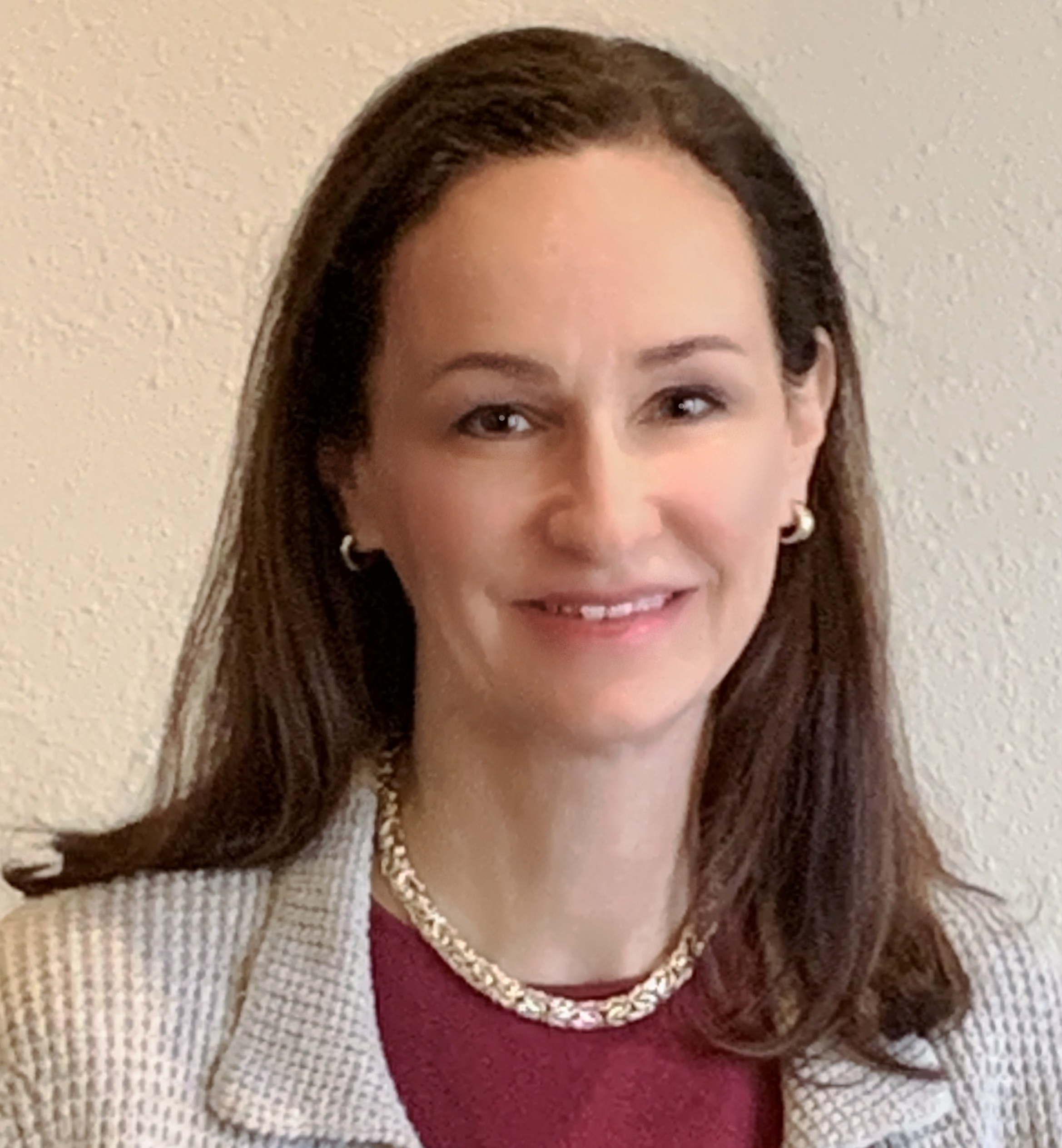 Dr Brown is a clinical dermatologist who has innovated in developing and promoting the direct pay model of clinical practice. She has an interest in related business, law, philosophy, economics, ethics, health policy, and human behavior, as these avenues pertain to the practice of medicine. She enjoys mentoring other dermatologists who are interested in direct pay practice and networking with others who have an interest in free market solutions to health care problems.
Dr Brown is a clinical dermatologist who has innovated in developing and promoting the direct pay model of clinical practice. She has an interest in related business, law, philosophy, economics, ethics, health policy, and human behavior, as these avenues pertain to the practice of medicine. She enjoys mentoring other dermatologists who are interested in direct pay practice and networking with others who have an interest in free market solutions to health care problems.
After graduating from The College of William and Mary in Virginia with majors in biology and music, she received her MD from Eastern Virginia Medical School in Norfolk in 1988. After 2 years of internal medicine residency in Norfolk, she did a dermatology residency in Washington DC (Washington Hospital Center), practiced for a year, and then completed her internal medicine residency in Baltimore, MD, at Johns Hopkins Bayview.
Dr Brown practiced both internal medicine and dermatology from 1995 through 1999 in Baltimore, and then in Oregon, with a part-time faculty appointment to the Johns Hopkins School of Medicine. She practiced in a multispecialty group, Bay Clinic, in Coos Bay, OR, for more than 13 years, limiting her practice to dermatology in 2000. In 2011, she left group practice to open Oregon Coast Dermatology, a solo direct pay dermatology practice, in Coos Bay and loved practicing medicine in that manner.
She recently moved to Montana with her husband and is taking a break from clinical practice before her next direct pay clinical venture, which is in the planning phase.
Q. What part of your work gives you the most pleasure?
A. Interaction with individual patients gives me the most pleasure, as they are each so interesting, and sometimes very appreciative and supportive. I also enjoy helping other dermatologists who are considering direct pay for their own practice, partly because it is a practice model that allows the doctor-patient relationship to flourish. Finally, I enjoy challenging the conventional opinions on health care and health insurance.
Q. Are an understanding and appreciation of the humanities important in dermatology and why?
A. I think that an understanding and appreciation of the humanities is critical. It enriches and elevates clinical practice in many ways, especially in conversation with patients but also in our thinking and writing. That is part of why we are more than technicians.
Q. What is the greatest political danger in the field of dermatology?
A. I think that the greatest political danger for dermatology and medicine is doctors buying into the ideas of population medicine and managed care, allowing others to determine our value while herding patients through faster and faster and vying for maximum pay from the third-party payer (government or insurance). We must not abdicate the role of directly providing excellent care for each individual patient, and that means that we must try to find ways to literally work directly for the patient. Third-party payers can replace physicians with nonphysician providers, but we are indispensable to patients.
Q. What is your greatest regret?
A. My greatest regret is how much time I’ve spent on clinical documentation, although I also think that accurate and complete notes are very important to giving the best medical care. I am a bit of a procrastinator and perfectionist, and because of that, solutions that worked for others haven’t always worked for me. I had to learn that my weaknesses and my strengths are related!
Q. Who was your hero/mentor and why?
A. One of my mentors was Dr Kenneth Hyatt, a cardiologist and head of my internal medicine residency in Norfolk. He had about 60 residents in his program and had very high expectations of us, but he also took an interest in me as an individual. My most inspiring and excellent dermatology attending was Dr Margery Scott, when I was still a medical student rotating at a VA medical center in Hampton, VA.
Q. Which patient had the most effect on your work and why?
A. Many patients have been memorable, but one who had a great impact on me was a 32-year-old man who I met when I was a second-year medical resident on an oncology rotation prior to my dermatology residency. He had a melanoma removed from his chest 6 weeks before I met him. He went from feeling well with no detectable clinical disease to death from overwhelming metastatic melanoma in 2 weeks’ time. The imperative to diagnose melanoma early became very vivid for me.
Q. What is the best piece of advice you have received and from whom?
A. The best advice I received was from my husband, who encouraged me to drop internal medicine in 1999. He also gave me good advice regarding jobs, partnership, and setting up and running my own practice.
Q. Which medical figure in history would you want to have a drink with and why?
A.The historical medical figure I would most like to meet would be Sir William Osler. He has been characterized as a brilliant diagnostician, teacher, and also philosopher and historian of medicine.




















